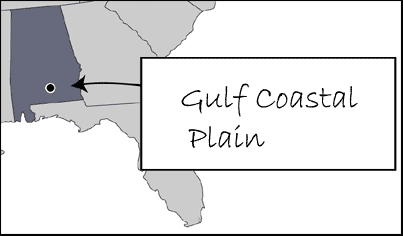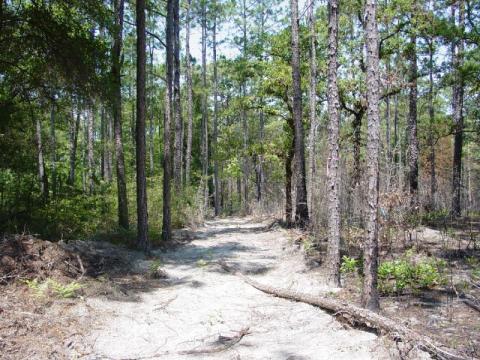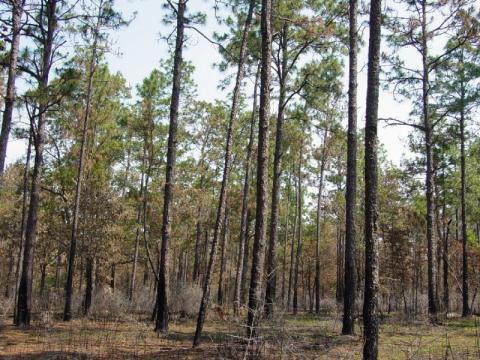- Solon Dixon Forestry Education Center
- Longleaf pine
- Fire return interval: 2 to 5 years
- Represents 500,000 hectares of the longleaf-dominated ecosystem
For more information visit the Gulf Coastal Plain Google Site.
Publications

Site Manager
Ken Outcalt
USFS, Southern Research Station
Site Data Manager
Ken Outcalt
USFS, Southern Research Station
Site Discipline Leaders
Economics
Ken Outcalt
USFS, Southern Research Station
Entomology
Jim Hanula
USFS, Southern Research Station
Fuels
Deborah K. Kennard
USFS, Southern Research Station
Pathology
Bill Otrosina
USFS, Southern Research Station
Soils
Graeme Lockaby
Auburn University
Vegetation
Dale Brockway
USFS, Southern Research Station
Wildlife
Craig Guyer
Auburn University
William Robinson
Auburn University
Mike Mitchell
USGS Biological Resources Division

